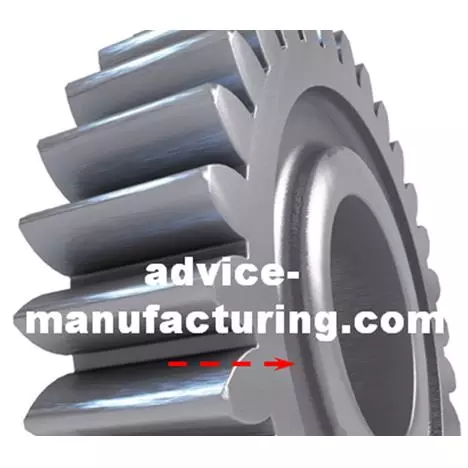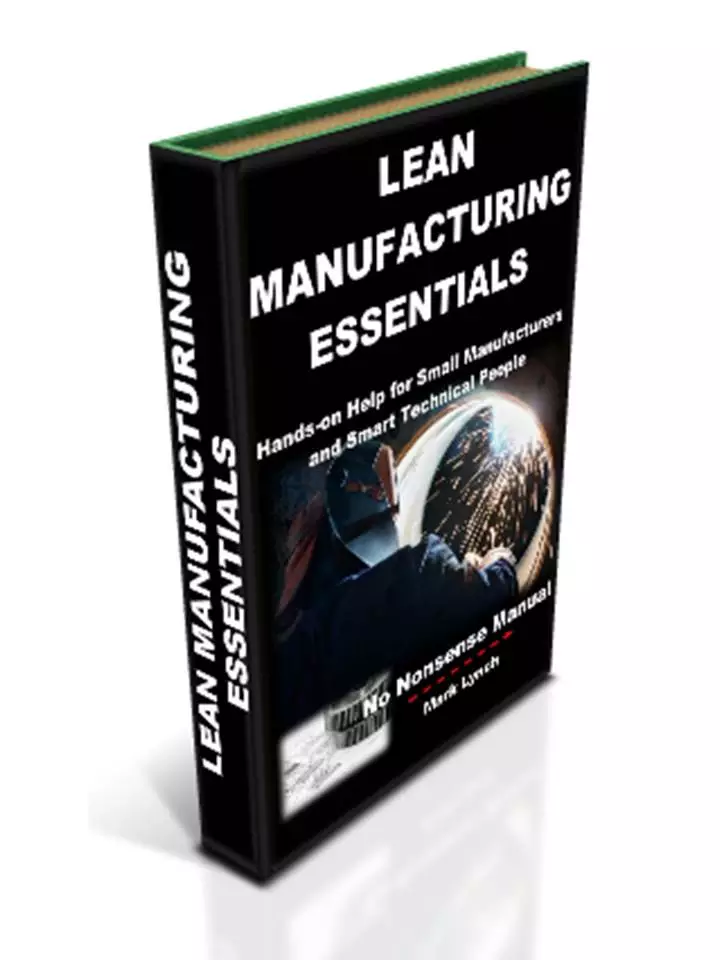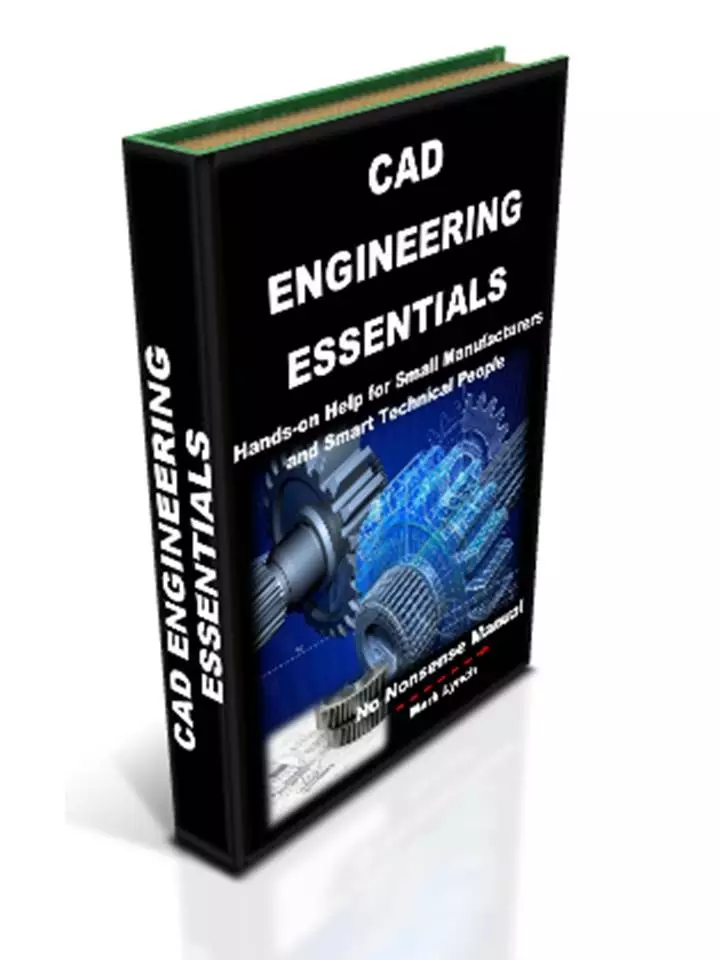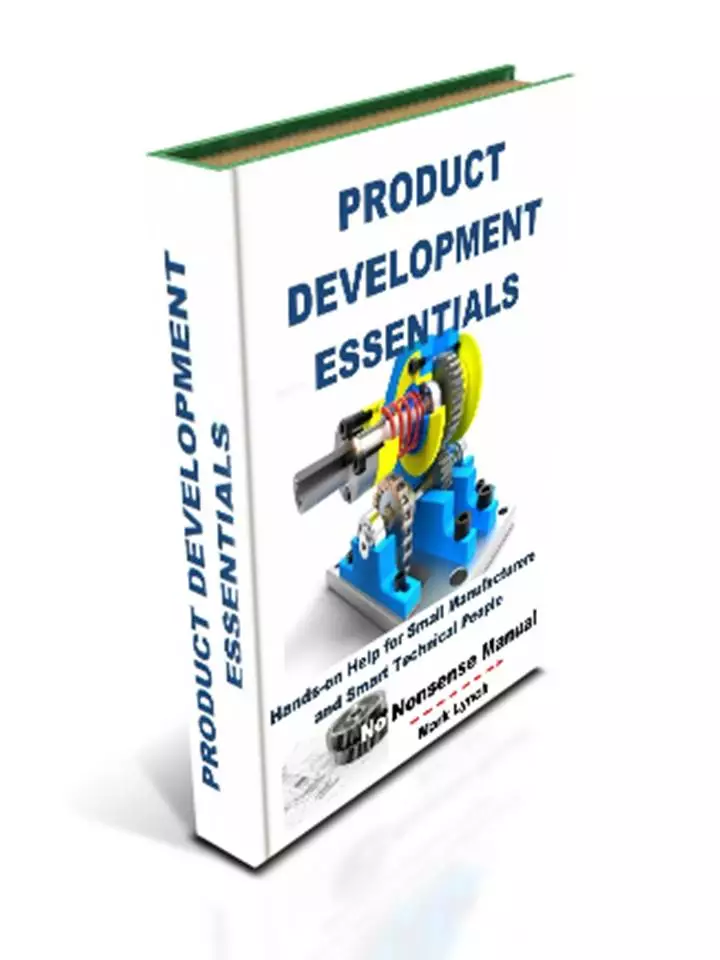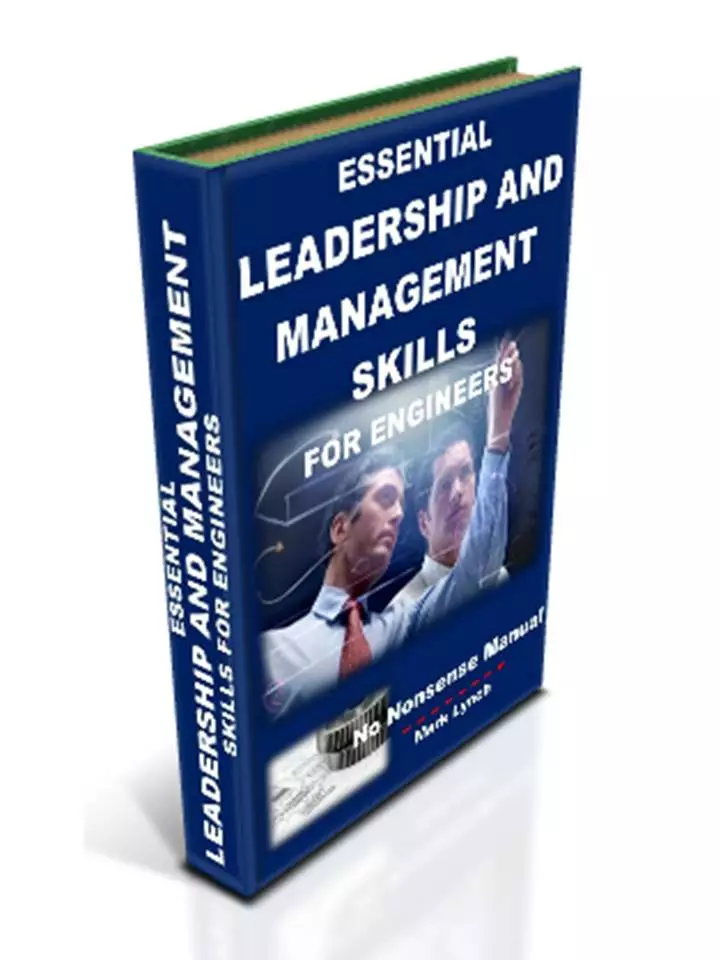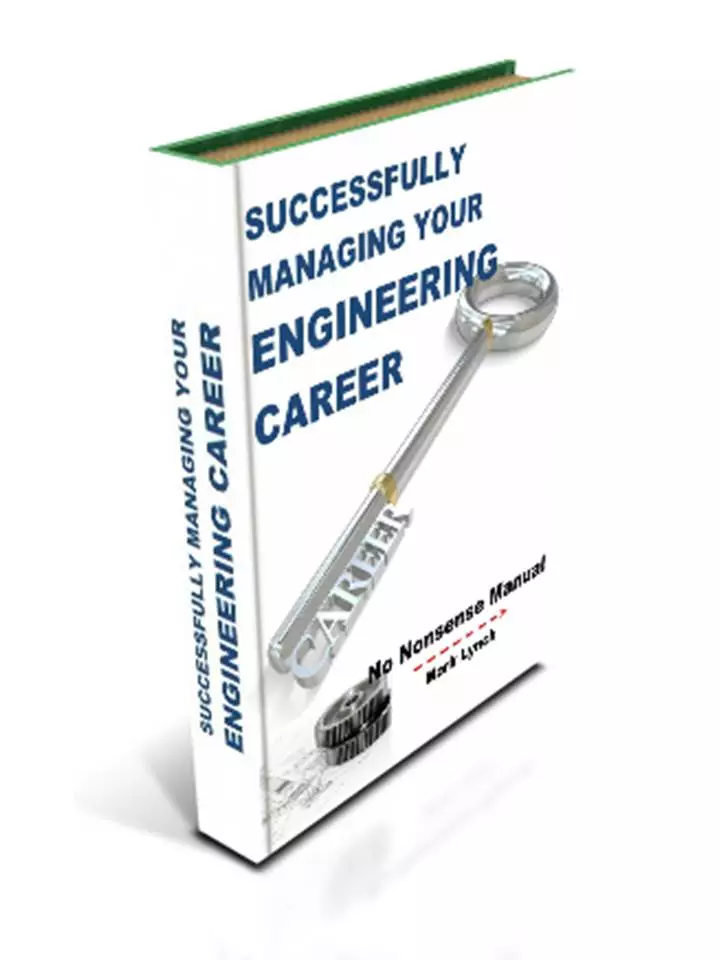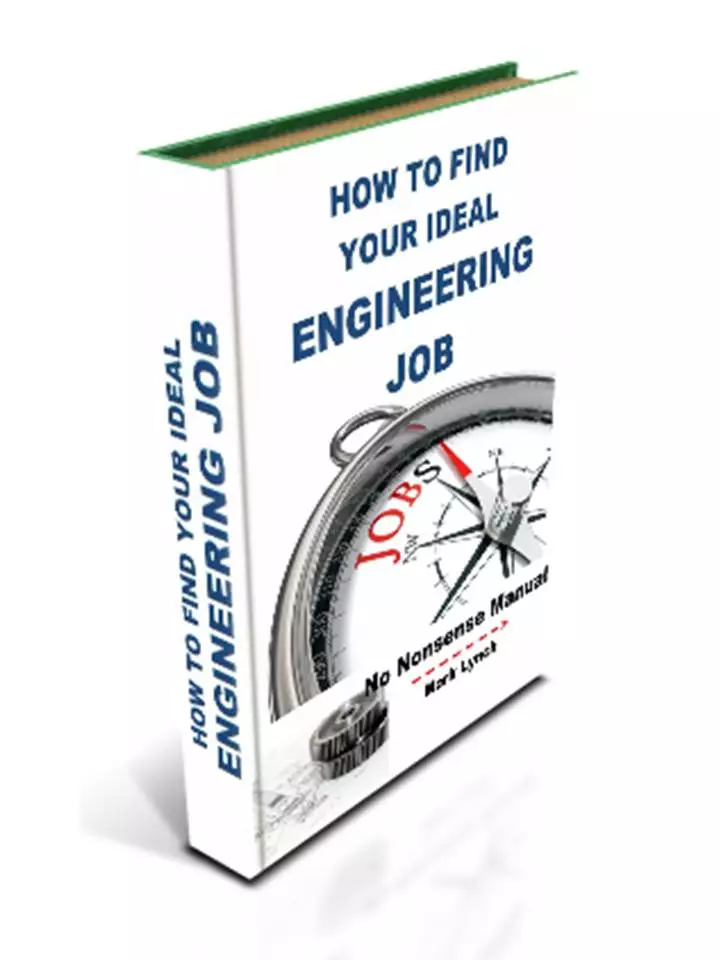'Hands-on Help for SMEs' and Smart Technical People'
DFMA Top Tips
Further
Design
for Manufacture and Assembly Top Tips 1
Essential Product Development for Engineers
Further DFMA Top Tips 1
In addition to the Henry W. Stoll DFMA Guidelines, the points below are extremely useful suggestions to assist value engineering of new products, as well as value analysis of existing ones...
DFM Checklists to Embed the Benefits in Your Business
A good idea is to use the information in this section to form practical checklists to ensure the quality of your parts, prior to manufacture. CAD designed parts for CAM or for outsourcing can all benefit from a quick review/check based on the information below. It is time well invested. Why not forward these pages (digitally or as a checklist) to design engineer colleagues? Circulating best practice to your whole team is the best way of maximising design for manufacture and assembly benefits, like lower costs, quicker production and better quality. Use our information to avoid expensive defects, scrap, rework or even worse, locking in higher costs and poor quality throughout the entire time the component is produced.
Additional Design for Manufacturing and Assembly Checklist
- Eliminate redundant parts; many products still include components not used or required anymore. Review your bills of materials to highlight these parts.
- Eliminate fasteners as much as possible. They are fiddly, can work loose, require tools and often can be problematic for those seeking standardised, quick production.
- Consider using snap fits instead. They eliminate many of the problems associated with fasteners. Research snap fit designs in a range of materials, over and above plastics.
- If you have to use fasteners or other consumables, select standard easily accessible parts with known characteristics and quality. Always compare and compete prices to obtain the best value, with quantity and delivery to suit your needs.
- Eliminate unnecessary welding which doesn’t serve an engineering purpose.
- Eliminate redundant slots and holes. Review drawings during value analysis to identify them.
- For adjustment use slots rather than a series of holes.
More DFMA Top Tips....
- Look at the function of the part. Can the same function be achieved in a less expensive way, using different materials, technology, bought-out parts etc?
- Think about the number of operations required to manufacture and finish a part. Then try and minimise this by seeking the opinions of those who frequently undertake the work.
- Design for rigidity (and stability) rather than being tempting to bulk-up and over-engineer for inherent strength. Think about the dynamic forces acting on the component or assembly and design so these do not do any damage or wear over time. This is an important point, which comes up time and again when products fail and welds crack. Designing for rigidity cannot be over-emphasised!
- Try to take out material mass (and therefore weight for technicians manufacturing and assembling it, the cost of shipping it and the customer using it). Less material also equals less cost. Designing with reduced mass is compatible with designing for rigidity. It is also the right sustainable thing to do.
- Commonality across the product range should be strived for. This goes further than just common parts. Look how similar problems are overcome or designed out. Now design this into other products in the range. This may be an important follow up point following a value analysis exercise.
- Use existing spaces and gaps to accommodate cable, tube and pipe runs.
More DFMA Top Tips....
- Consider using structures and frames to accommodate cable, tube and pipe runs instead of trucking. It is a neat, visually attractive solution. However, only do this when you are reasonably sure no holes will need to be drilled at a later stage (the history of similar products is a good starting point). It may well be worth noting this in the product manual or service documents. Also, are there any cable access or maintenance considerations?
- Think about jigs, fixtures, work-holding and the time and effort required for set-up, particularly with items fabricated from a number of different parts. These all add cost. Advice from suppliers is most beneficial for this. What’s the easiest, ideal way to achieve your aim? Get production technicians and design engineers to work together to develop jigs and fixtures to achieve the preferred way of working. Remember to use gravity wherever possible.
- Welded fabricated members and parts create a strong rigid structure which eliminates the need for fasteners (therefore reduced assembly time, number of components, supply of fasteners and improving aesthetics). A useful guideline is ‘if it is not moving or adjustable, and transportation isn’t an issue – permanently fix it’ (welding, adhesives etc).
- Consider how the part or assembly will be moved and transported, particularly if it is large, heavy or bulky. Always think safety first.
Design for Assembly Example
Next... Further Design for Manufacture and Assembly Top Tips 2
Back to Product Development Essentials
When was the last time your business developed a NEW product? ...Or is 'Product Development' too far removed from your core Production Engineering activities?
Does your firm have a clear product development process, with a number of new products released to date? ...Or alternatively, do you think bread and butter production engineering is really what matters? Tell us about your product development experiences...
Share your story...and receive a FREE copy of our report 'Helping Your Manufacturing Business Thrive'...
PS: Feel free to name-drop your firm! There's nothing wrong with a bit of free publicity!
